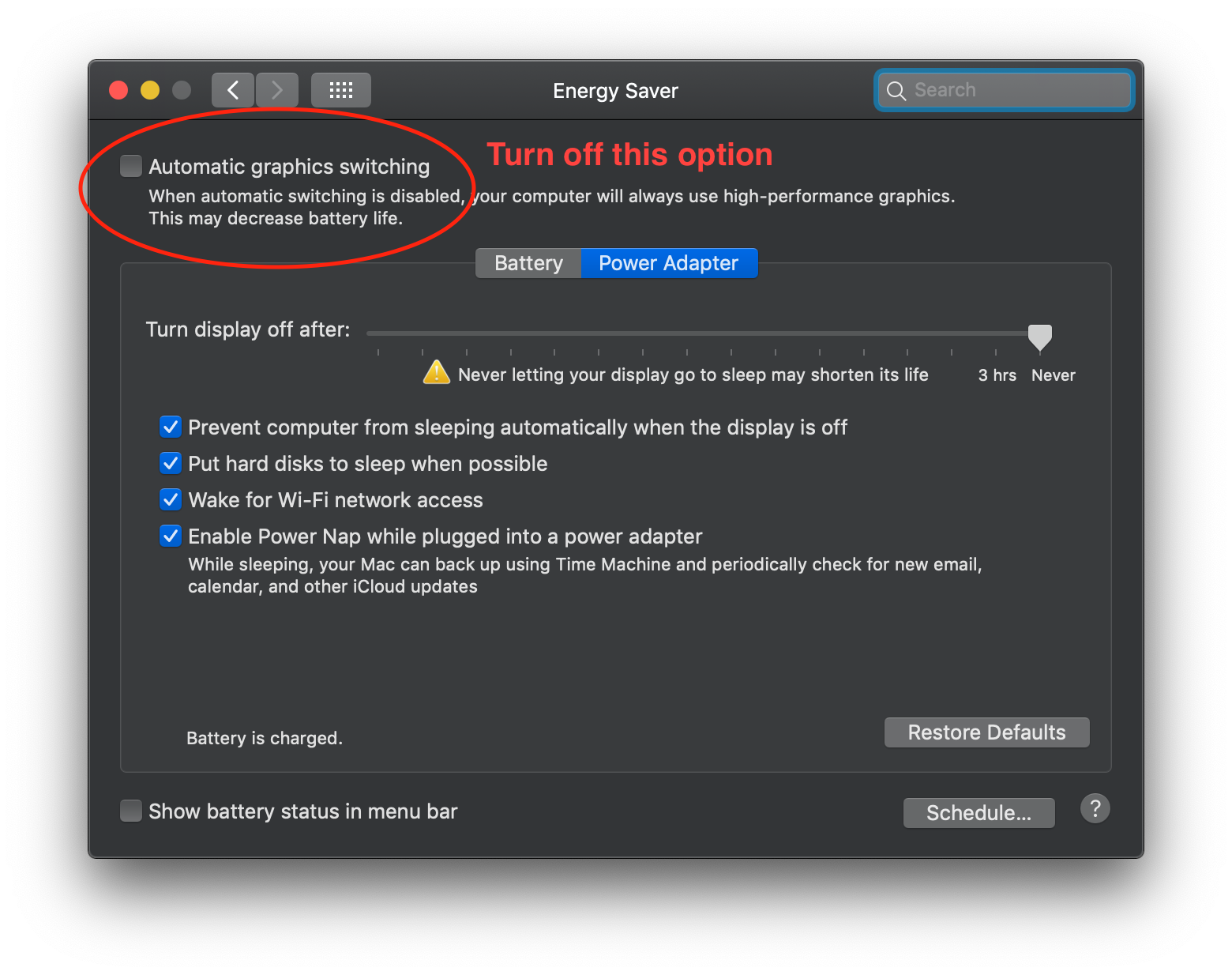

But in some cases the context of the input field is implied by its positioning – maybe by being placed in a table for example. Now if the prompts for input fields are not marked up as labels but are positioned correctly then the screen reader may well read out the correct words. For text fields and dropdowns the screen reader will use any preceding text and for radio buttons and checkboxes the screen reader will look for any following text. If a screen reader comes across an input field without a label it will try to find some accompanying text to use as the label. Input fields without accompanying labels can lead to accessibility issues for those who rely on screen readers. Note that the for attribute of the label and the id attribute of the input field are the same in each case. In the HTML the label is linked to the input field using the id attribute of the input field and the for attribute of the label. Labels are not required for submit buttons or other buttons in forms.

Where relevant it is also useful to include any valid range values or formats – this improves the usability of the form for sighted users too by minimizing the input errors that may occur.įor example: Donation (up to £50 – optional)įor dropdowns, radio buttons or checkboxes the label should describe the options available to the user including suggested default options if relevant.Īnother little-known purpose of the label is to increase the clickable area for the input – especially useful for sighted users with motor impairments whose mouse control may not be as precise when it come to small inputs like radio buttons. As well as the prompt for the input field the label should also usefully contain whether or not the field is required or optional. The label for a text box should describe in sufficient detail what input is required from the user. What is the label tag for? Prompting for Inputįirstly, labels are an accessibility feature that allows screen readers (as used by blind and other users) to voice the input prompt to the user.
#CHECKBOX ACCESSIBILITY SCREEN READER HOW TO#
This post discusses the importance of the label tag, how to use it, and some best practices to keep in mind when designing or building web forms. But do you really always need to use them? It can be used alongside all of the input types on a website form – well, almost all anyway. Step forward the HTML label tag that provides an easy, accessible way of indicating what the input fields are for. How can these people know what’s expected of them? Sighted users can see any accompanying text next to the text box or radio button but that’s not always possible for users who are blind or suffering from other visual impairments. Reading Time: 5 minutesIf you’re using input fields on a web page your users will need to know what they’re supposed to put in them or which ones to choose for radio buttons, checkboxes and dropdowns. Published: Apr 15th, 2011 | Author: Graham Armfield | 11 Comments Accessible Forms – Should Every Input Have a Label?


 0 kommentar(er)
0 kommentar(er)
